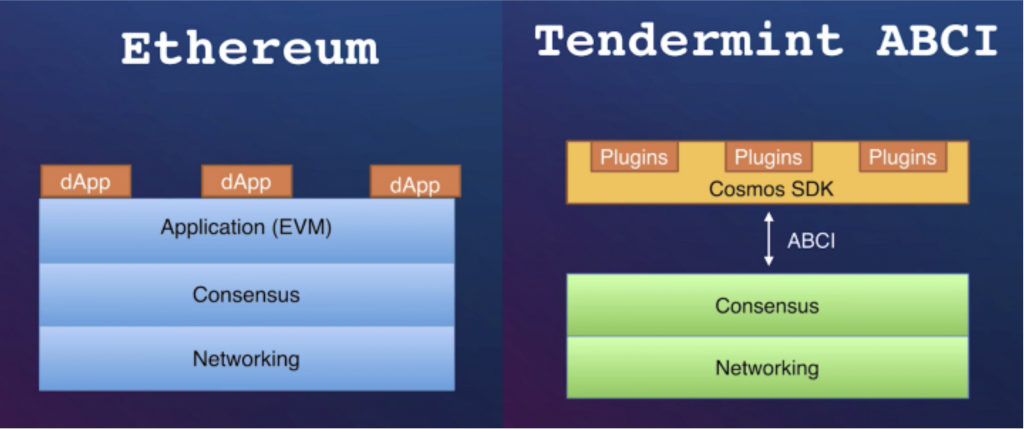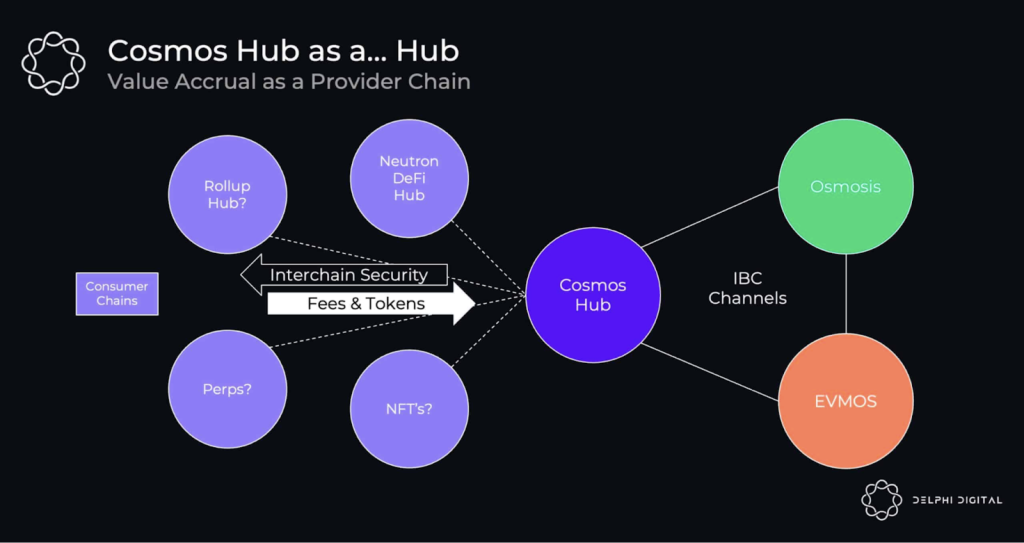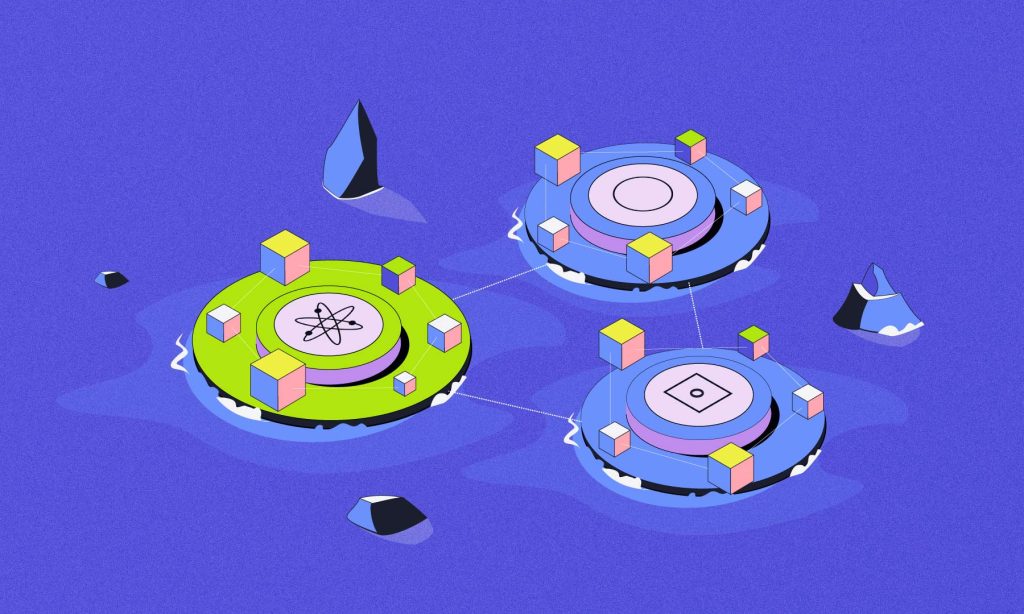The idea of sovereignty has long been formative in the evolution of society. It can best be defined as “supreme authority within a territory.” At a basic level, it means that you are able to impose your rule of law and make decisions within your established territory.
Sovereignty can be applied at the personal level and also at the national level. Historically, a tendency towards sovereignty has been evident. As an American, my country was formed in pursuit of sovereignty. The same goes for countries like India. Though there are instances like in Europe where some sovereignty has recently been sacrificed in forming the European Union, it remains a fundamental consideration in society.
Web3 encompasses the underlying motives of political and social structures. With this being true, sovereignty has unsurprisingly become a focal point in its evolution. It was not always this way though as only recently has the concept become popularized. Years prior, it existed almost exclusively in a single, contrarian ecosystem: Cosmos. Since then, as Cosmos has grown and matured, the idea of sovereignty has spread and now has a permanent foothold in the space—the “Cosmofication” of Web3 is now underway.
In this article, I will detail the following:
- The traditional, monolithic L1 blockchain and how applications exist on it
- Cosmos architecture and how applications exist on it
- Case study: Osmosis vs Uniswap
- Sovereignty vs Security Tradeoff → Compromise: Interchain Security
- Ethereum and Cosmos becoming more similar than different
Ethereum: The Empire
The traditional layer one (L1) smart contracts network, like Ethereum, can best be compared to an empire. Empires could span over several nations with each nation having its own unique social characteristics. Yet empires typically functioned as a single state with unified governance, security, and economic systems.
While this would help empires expand, it often came at the cost of the individual nations who lacked sovereignty. Nations typically would not have their own economic, political, and legal systems, and if they did, their jurisdiction was limited and subordinate to the empire. This, over time, often sparked a desire for independence that led to the demise of empires. Sovereignty has often been the empire killer.
The equivalent to nations on Ethereum are decentralized applications (dApps). Examples of popular dApps include Uniswap, Aave, and Curve. With many dApps having strong, loyal user bases, some users might subscribe more to Uniswap than they do Ethereum. This is how and where the idea of sovereignty becomes relevant. These dApps live on the application layer of their native chain and lack access to the underlying protocol layer. Though benefits like security and the ability to capture network effects surrounding the underlying protocol can be attained, dApps overall lack sovereignty. This can be problematic and a limiting factor.
The most straightforward example of this is gas fees. When submitting a transaction on Ethereum, users are required to pay a gas fee which incentivizes validators to execute their transaction. On Ethereum, this fee is always paid in $ETH. Even if 95% of total network fees stem from users performing swaps on Uniswap, all gas fees in those transactions are paid in ETH and distributed to validators. This results in Uniswap failing to capture a significant amount of value that it created. Uniswap, like many nations did to empires, is leaking value to Ethereum. Sovereignty can fix this.
Entering Cosmos
Cosmos is structurally different from Ethereum. It is a lot like Europe before the European Union (EU). An “Internet of Blockchains,” Cosmos is a cluster of sovereign, proof-of-stake networks which are mostly built using the Cosmos SDK. Each zone today has its own validator set and exists as an independent L1 blockchain. With complete control over consensus and other key network-level mechanisms, a single Cosmos zone has sovereignty comparable to a single country historically would in Europe. Let’s say mid-20th century Portugal to continue the analogy. Just as Portugal historically coordinated with other countries via activities like trade, Cosmos chains interact with one another via the Inter-Blockchain Communication (IBC) protocol. This is what turns this cluster of independent blockchains into a harmonious ecosystem where message passing and value transfer are easily facilitated.

This unique architecture sparked what Cosmos is today known for: application chains or “app-chains.” An app-chain is an application (like Uniswap), but instead of existing on a monolithic L1 as a dApp it exists as its own sovereign blockchain. To-date, each app-chain in Cosmos has its own validator set and resembles a traditional L1 in many ways architecturally. This graces applications with the sovereignty which dApps otherwise lack.

Consider Osmosis as an example. An automated market maker (AMM), Osmosis is the most trafficked application on Cosmos and hosts the deepest liquidity in the Cosmos ecosystem. Functionally, Osmosis is comparable to Ethereum’s Uniswap, but they are vastly different architecturally. Uniswap is a dApp built on Ethereum. Osmosis is a L1 blockchain with its own validator set. It has the ability to charge gas fees in its native token ($OSMO), implement network-level upgrades specifically designed for itself, as well as incorporate MEV and other forms of value capture at both the network and application levels.
This flexibility opens up economic and technical opportunities unavailable to Uniswap due to its lack of sovereignty. Uniswap lives on Ethereum, Osmosis lives on Osmosis. Seeing the benefits of sovereignty, a number of teams (famously dYdX recently) have joined the Cosmos ecosystem to build out their applications as app-chains.
Though sovereignty comes with its clear advantages, it also comes with its weaknesses. Security being the most significant. One of the advantages an empire boasts is its size. Larger countries typically have larger armies which means greater defensibility. The same applies to blockchains.
The security of a proof of stake (PoS) blockchain is mostly defined by the aggregate value of the assets staked on the network. Though there are various technicalities which could be considered here, for the most part, more stake = more security. By this measure, Ethereum is the most secure PoS blockchain. When applications that typically exist under a single settlement layer, with one validator set, break out and form sovereign blockchains of their own, it naturally fractures security. This has proven to be problematic for a number of Cosmos app-chains and has caused vulnerabilities to exist. Though an independent validator set is some of what guarantees sovereignty, it is clear that the option to reduce sovereignty in favor of greater security is needed.
Entering Interchain Security (ICS)
Cosmos’ solution for fragmented security resembles the EU. The EU was formed so that smaller European countries could better position themselves economically and politically in a global context. Each country maintains most of their sovereignty, however, they sacrifice some to join the union. This is just like the tradeoff consumer chains (blockchains utilizing Cosmos’ shared security solution, ICS), make.
Cosmos chains can soon opt to forego having their own validator set and instead inherit that of the Cosmos Hub. With $ATOM being the most valuable token in Cosmos, the Hub is the most secure blockchain in Cosmos. Blockchains with a higher security threshold or who simply do not want their own validator set can leverage the Cosmos Hub and still maintain a high degree of sovereignty. Like EU members would in comparison to a nation in an empire, consumer chains have significantly more sovereignty than a dApp. Through ICS, Cosmos now offers a spectrum of sovereignty which can be leveraged as desired. Should a chain prefer complete sovereignty, they can maintain their own validator set. However, if it is willing to compromise for greater security and or other preferences, they can become a consumer chain and utilize the Cosmos Hub’s validator set.

In introducing ICS, Cosmos gives builders the optionality to retreat from total sovereignty and reside at a new place on the sovereignty spectrum. With Ethereum’s core value proposition being security, ICS clearly drew some inspiration. It goes both ways though as Ethereum is experiencing some “Cosmofication” of its own.
What originated in scalability on Ethereum is now trending towards sovereignty. Scaling solutions on Ethereum are beginning to encompass many of the ideals that spawned Cosmos. With Vitalik Buterin and others conjecturing that app-chains will exist as L3s on Ethereum, sovereignty has clearly become an important consideration. Though this is still very much in the ideation phase, the permeation of Cosmos and the sovereignty it champions is clear. It will be formative in the evolution of blockchains in years to come. It will exist as a spectrum and can be grasped as desired. Just like in society.
History has proven that humans fundamentally desire sovereignty. It could even be considered a human right. With blockchains rooted in the concepts that have evolved society, sovereignty will be forever integral in the space. What started with Cosmos is now omnipresent. As the dust has settled after Bitcoin and then Ethereum, Cosmos brings the next new most important and everlasting innovation to blockchains: sovereignty.
FAQs
How does a sovereign blockchain differ from other blockchains?
A sovereign blockchain is controlled by a single entity, often a government. It contrasts with decentralized blockchains like Bitcoin, which lack a central authority. Sovereign blockchains offer control but sacrifice some decentralization ideals.
Are sovereign blockchains only used by governments?
Sovereign blockchains, not just for governments, offer controlled data management. Organizations also use them, aligning control with data efficiency, beyond just governmental use.
What are some potential use cases for sovereign blockchains?
Sovereign blockchains find use in secure digital identity systems, efficient supply chain management, transparent voting systems, and streamlined government processes, enhancing data control and trust in various domains.
How does data privacy work in sovereign blockchains?
Sovereign blockchains ensure data privacy through controlled access. Encryption and permissioned access mechanisms restrict who can view and interact with data, maintaining confidentiality while still benefiting from blockchain’s transparency and immutability.








